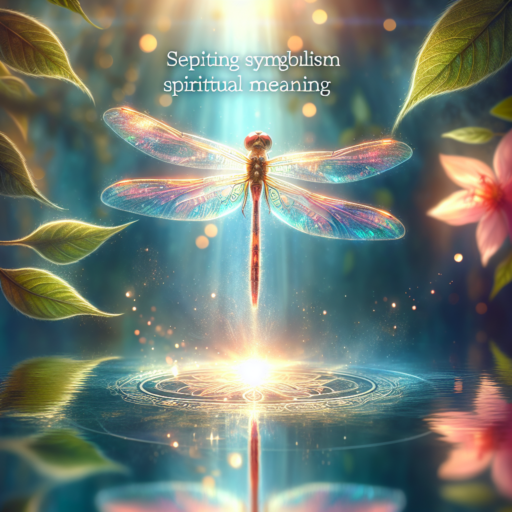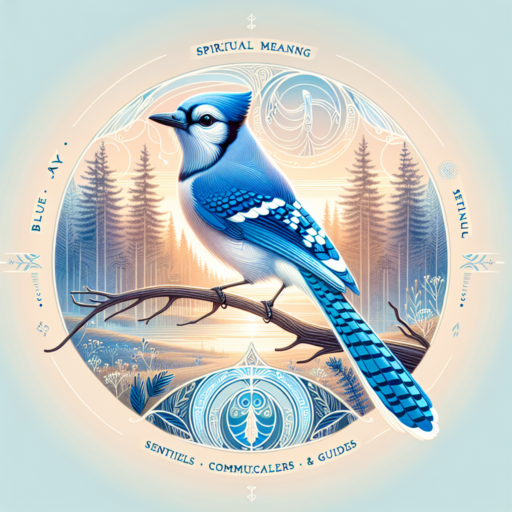The Enigmatic Allure of the Butterfly Spirit
The butterfly has long captured the human imagination with its delicate wings, ephemeral beauty, and transformative journey. This enchanting creature is not just a marvel of nature; it is also a powerful symbol imbued with spiritual renewal and the promise of transformation. Across history and cultures, the butterfly spiritual meaning has offered hope and inspiration in times of change, urging us to embrace life’s metamorphoses.
In many traditions, the butterfly is more than an insect or a fleeting moment of beauty—it is a sign of hope, evolution, and the endless cycle of birth, death, and rebirth. Its transformation from caterpillar to chrysalis, then to a stunning, winged wonder, serves as a metaphor for personal growth and the capacity for inner transformation. This article will explore the depths of the butterfly’s symbolism, its historical interpretations, and the lessons it imparts regarding renewal, growth, and spiritual evolution.
Historical Perspectives on Butterfly Symbolism
For millennia, various civilizations have looked to the butterfly as an emblem of profound change. Ancient texts and folklore often credit these fragile beauties with the ability to transcend the physical plane.
Ancient Mythologies and Cultural Beliefs
Many ancient mythologies revere the butterfly as a symbol of the soul and of transformation. In Greek mythology, the word “psyche” means both “soul” and “butterfly.” This dual meaning reflects the deep connection between the visible transformation of the butterfly and the invisible journey of the human spirit. Similarly, in other mythologies, the butterfly represents the dynamic interplay between the physical and the spiritual.
In Eastern traditions, such as those found in Japanese and Chinese art, the delicate, fluttering wings of the butterfly serve as a metaphor for impermanence and the transient nature of life. The butterfly’s ephemeral beauty encourages us to appreciate the fleeting moments and to welcome change with open arms.
Native American and Indigenous Traditions
Indigenous peoples across the world have also celebrated the butterfly’s profound symbolism. For many Native American tribes, the butterfly is viewed as a messenger carrying the wisdom of nature and the spirit of change. Often, these cultures incorporate the butterfly into rituals and storytelling, emphasizing its connection to the cycles of healing, renewal, and transformation.
The butterfly’s delicate presence in the natural world is seen as a reminder of the beauty and fluidity of life. Its emergence from the chrysalis symbolizes the breakthrough from limitation to freedom—an allegory for personal and communal transformation.
Understanding the Transformation: Life Cycle of a Butterfly
Perhaps one of the most striking aspects of butterfly symbolism is its life cycle, which mirrors the journey of spiritual awakening and personal growth. The four distinct stages of a butterfly’s life provide a rich metaphor for understanding phases in our own lives.
The Egg Stage: Beginnings and Potential
Every journey begins with a small seed of potential. In the case of the butterfly, this stage is represented by the egg—a delicate beginning that holds the promise of transformation. This phase is a time for new ideas and the initiation of projects, where possibilities abound.
The egg phase reminds us that every transformation starts with a single, often fragile spark. Embracing this phase involves acknowledging that every end carries within it the seed of a new beginning.
The Caterpillar: Growth Through Nurturing
As the egg hatches, the caterpillar emerges and embarks on a period of accelerated growth. This stage is emblematic of the active phase of human development, where learning, adaptation, and the accumulation of knowledge occur. The caterpillar symbolizes dedicated effort and the importance of nurturing oneself through continuous growth.
It is during this time that individuals often experience rapid changes, both physically and mentally, as they prepare for the ultimate transformation. The caterpillar’s voracious appetite for sustenance is a reminder to feed one’s mind and spirit with nourishment from meaningful experiences.
The Chrysalis: Embracing the Process of Change
The transition from caterpillar to butterfly is marked by the chrysalis, a stage that encapsulates introspection, surrender, and metamorphosis. In this stage, the exterior appears dormant, but a powerful transformation is brewing deep within. This process symbolizes the period during which one undergoes inner work to bury outdated habits and thought patterns, making space for a renewed sense of being.
It is often this phase that is the most challenging, as it requires complete trust in the process of change, even when the results are not immediately apparent. The chrysalis is a profound metaphor for periods of personal transformation where change is happening underneath the surface.
The Butterfly Emergence: The Triumph of Renewal
The final phase—the day of emergence—illustrates the triumphant moment of transformation. As the butterfly emerges, it unfurls its wings and embarks on a new journey. This is a time of liberation, self-expression, and the enjoyment of the beauty that comes with newfound freedom. The butterfly’s debut is a powerful metaphor for the rewards of personal growth and the beauty of embracing one’s true self.
This stage of emergence is rich with symbolism. It represents the culmination of long periods of inner evolution and the reawakening of the spirit. The freedom to soar is a poignant symbol of achieving one’s highest potential through the acceptance of change.
Spiritual Lessons from the Butterfly
The butterfly, as a spiritual symbol, encompasses several profound lessons that resonate with our personal and collective journeys. Its transformation from caterpillar to butterfly is reflective of renewal, self-discovery, and the courage to embrace change.
Renewal and Rebirth
One of the most compelling aspects of butterfly symbolism is its strong connection to the themes of renewal and rebirth. No matter the challenges that life throws our way, the butterfly reminds us that change is inevitable and that there is always room for growth. The process of shedding old skin, much like the transition from chrysalis to butterfly, is a powerful illustration of how every ending is capable of heralding a new beginning.
The symbolism of renewal also finds its roots in spiritual teachings and practices across the globe. Many spiritual paths embrace the notion that embracing change—even when painful—is essential for spiritual evolution and that it paves the way for new opportunities and self-improvement.
Transformation and Inner Work
The metamorphosis of the butterfly is a universal metaphor for transformative change. It invites us to reflect on our own readiness to undergo metamorphosis, shedding the constraints of past limitations. The process of transformation requires profound inner work, patience, and a willingness to surrender to the natural flow of life.
This journey towards transformation is symbolic of the inner healing that takes place when we choose to let go of old patterns and embrace our true potential. The butterfly’s ever-changing form teaches us about the fluid nature of existence and the importance of adapting to life’s evolving rhythm.
The Power of Letting Go
An essential lesson derived from the butterfly’s life cycle is the need to let go of what no longer serves us. Much like the way a caterpillar leaves behind its previous form, we too must shed outdated beliefs and habits to flourish. The act of releasing these limitations is a crucial step in achieving a more authentic, liberated state of being.
The butterfly reminds us that clinging to the past can stifle growth and that the act of surrender is often the first step toward renewal. This powerful symbol urges us to have faith in the process of change and trust that every loss paves the way for a greater gain.
Butterfly Spiritual Meaning in Modern Times
The relevance of butterfly symbolism continues to evolve in modern spiritual discourse. Today, as we encounter the rapid pace of life and the myriad transformations that come with technological and cultural shifts, the butterfly stands as a beacon of hope and resilience.
Modern interpretations of butterfly symbolism incorporate diverse perspectives—from psychology and personal development to art and literature. Here, we explore a few of the key ways in which the butterfly’s transformative energy is understood and celebrated in contemporary society.
Personal Development and Self-Improvement
In the sphere of personal development, the butterfly serves as an outstanding metaphor for self-improvement and facing one’s inner challenges. Life coaches and mindfulness practitioners often invoke the butterfly’s journey as an analogy for overcoming adversity and stepping into one’s authentic power.
Individuals seeking to break free from limiting beliefs find solace in the notion that, like the butterfly, they too can emerge from their own chrysalis stronger than before. The narrative of transformation inspires us to trust in our evolving nature, allowing us to navigate life’s complexities with renewed vigor.
- Embracing Change: The butterfly reminds us that change is an inherent part of life.
- Embodying Growth: Personal growth requires shedding old habits to make space for new experiences.
- Cultivating Patience: Transformation cannot be rushed; it requires trusting the process.
Psychological Insights: Embracing the Shadow
From a psychological perspective, the butterfly symbolizes the integration of the self. Jungian psychology, among other frameworks, emphasizes the significance of acknowledging and integrating one’s shadow—the hidden, unconscious aspects of



